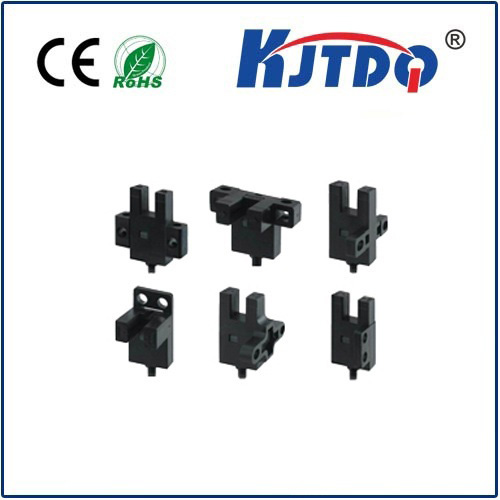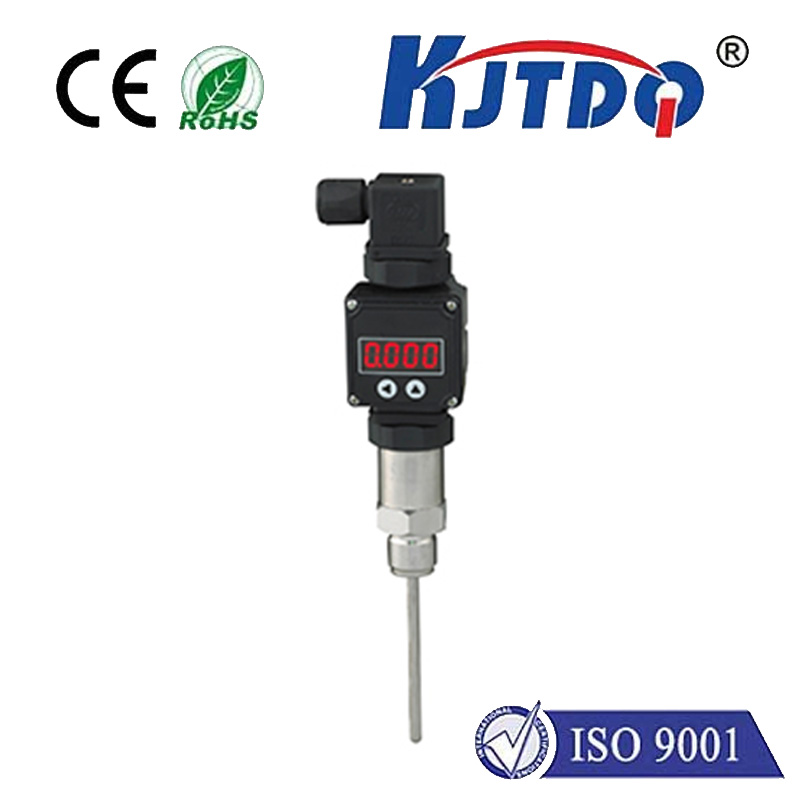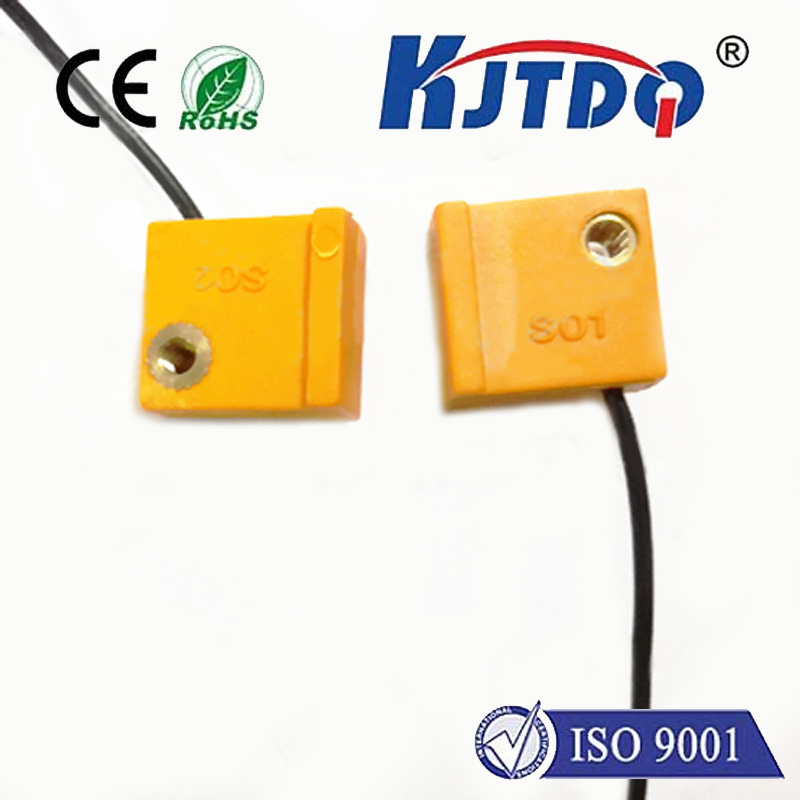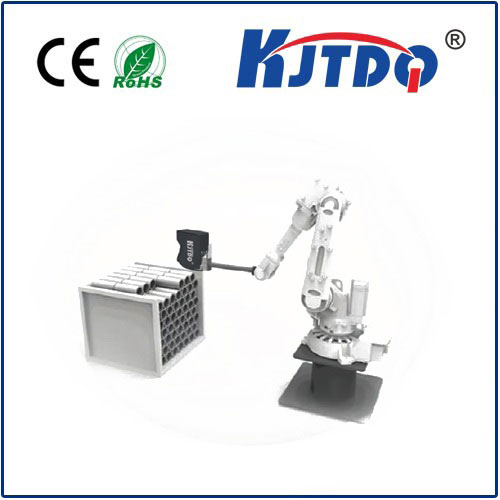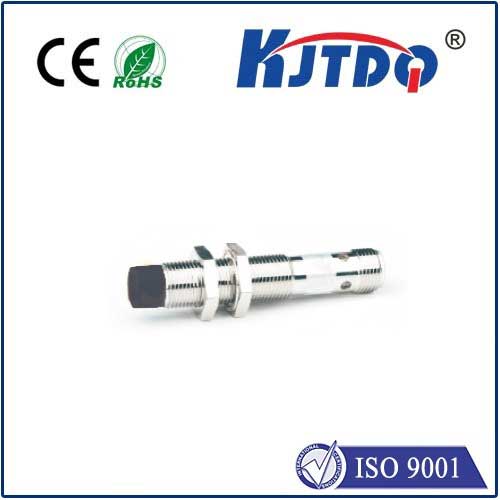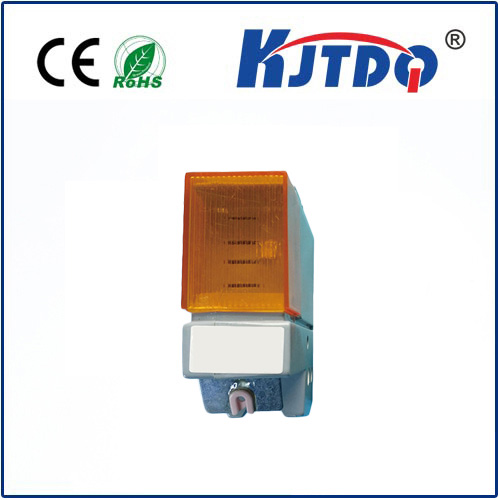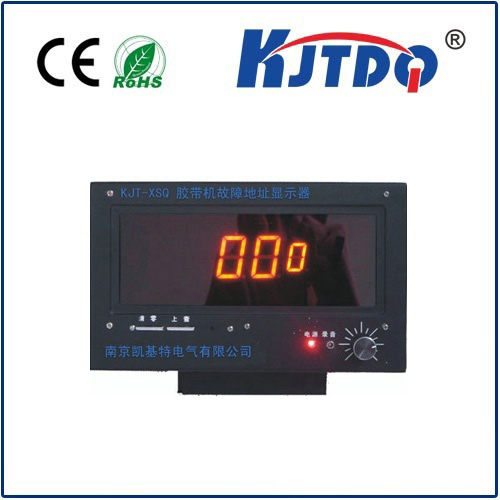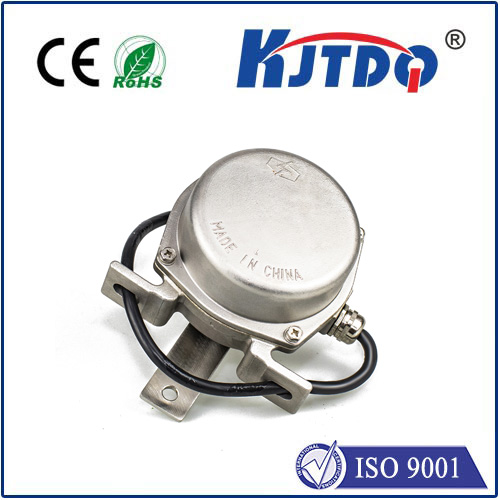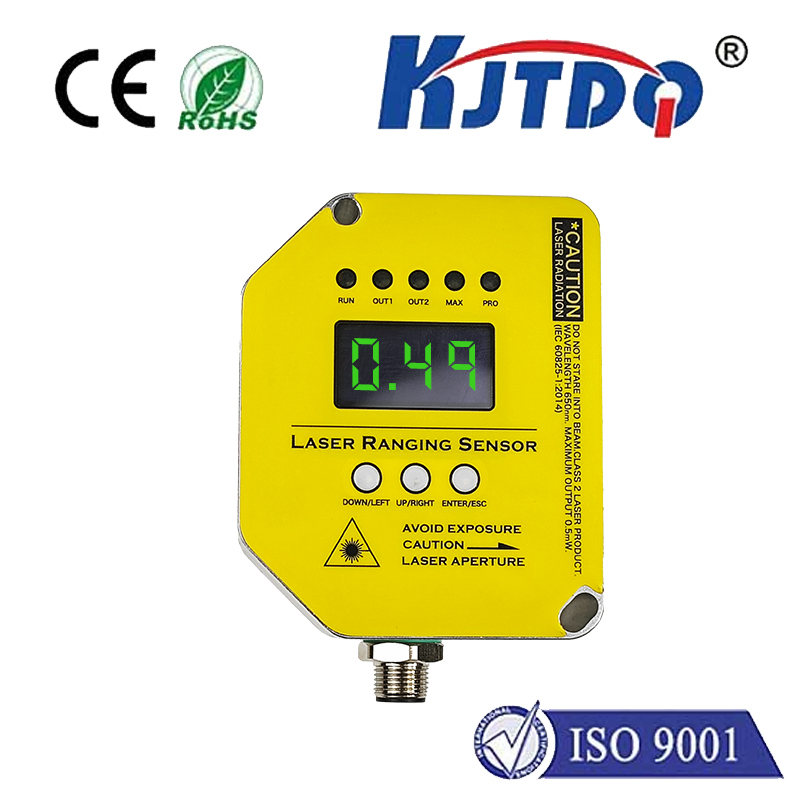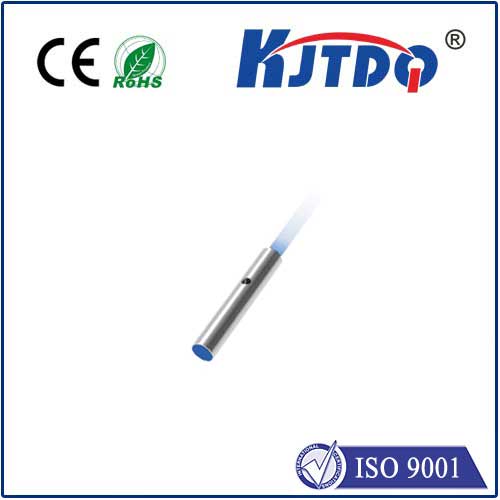
check

check

check

check
Title: The Evolution of Laser Receiver Sensors: A Revolution in Monitoring Technology
Introduction
Laser receiver sensors have emerged as a game-changing technology in the field of monitoring and detection. These advanced sensors leverage the power of lasers to accurately measure and detect various physical phenomena, ranging from temperature variations to motion patterns. In this article, we will delve into the history, principles, and applications of laser receiver sensors, exploring how they have revolutionized various industries and transformed the way we perceive the world around us.
The Birth of Laser Receiver Sensors
The concept of laser receiver sensors can be traced back to the early 1960s, when scientists began experimenting with laser technology for various scientific applications. One of the earliest successful applications of lasers in sensing was developed by Edward H. Morley, an American physicist who proposed the use of laser beams to measure sound waves. This led to the development of the first acoustic laser, which could accurately measure sound waves with unprecedented precision.
However, it was not until the late 1970s that laser receiver sensors began to emerge as a practical solution for monitoring and detecting physical phenomena. In this period, researchers began to develop laser sensors capable of accurately measuring temperature variations, pressure levels, and other physical properties using laser spectroscopy techniques. These early sensor technologies laid the foundation for the sophisticated laser receiver sensors we see today.

Principles of Laser Receiver Sensors
Laser receiver sensors operate based on a simple but powerful principle: light is used as a means of measurement. When a laser beam is directed at a physical target, such as a temperature sensor or a motion detector, it interacts with the target in a way that generates a specific pattern of light emission. This pattern can then be captured and analyzed using specialized optical instruments, allowing the sensor to calculate precise measurements of the target's properties.
One of the key advantages of laser receiver sensors is their high accuracy and sensitivity. Unlike traditional sensors that rely on mechanical components or other passive methods, laser receivers can accurately measure physical phenomena without any external interference or noise. This makes them ideal for applications where precise measurements are vital, such as in industrial monitoring, scientific research, or security systems.
Applications of Laser Receiver Sensors
Since their inception, laser receiver sensors have found numerous applications in various industries and sectors. Some of the most notable examples include:
1. Industrial Monitoring: Laser receiver sensors are widely used in manufacturing processes to monitor production rates, quality control, and process parameters. They can also be used to detect defects in materials or machinery, ensuring optimal performance and minimizing downtime.
2. Environmental Monitoring: Laser receivers are increasingly being used in environmental monitoring systems to measure air and water quality, track weather patterns, and detect pollution sources. By precisely measuring chemical compounds and other pollutants, these sensors help ensure sustainable development and protect public health.
3. Medical Imaging: Laser receiver sensors are playing an important role in medical imaging applications such as computed tomography (CT) scans and magnetic resonance imaging (MRI). By generating detailed images of internal organs and tissues, these sensors enable doctors to diagnose diseases more accurately and efficiently.
4. Security Systems: Laser receiver sensors can be integrated into security systems to detect intruders, identify potential threats, and alert security personnel. By detecting motion patterns and identifying unique features like fingerprints or facial recognition patterns, these sensors help maintain safe environments in public spaces and private homes.
Conclusion
In summary, laser receiver sensors represent an exciting advancement in monitoring technology that has transformed various industries and improved our understanding of physical phenomena. From industrial automation to environmental protection, these sensors offer unparalleled accuracy, sensitivity, and versatility
